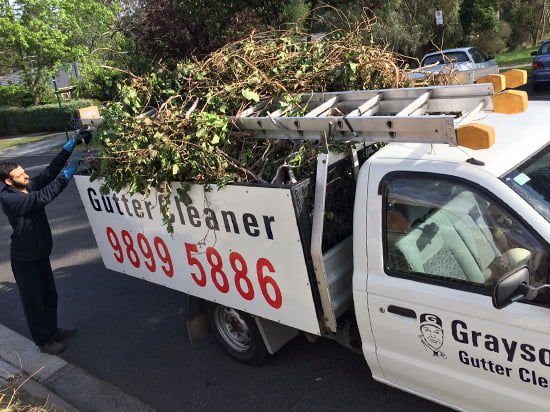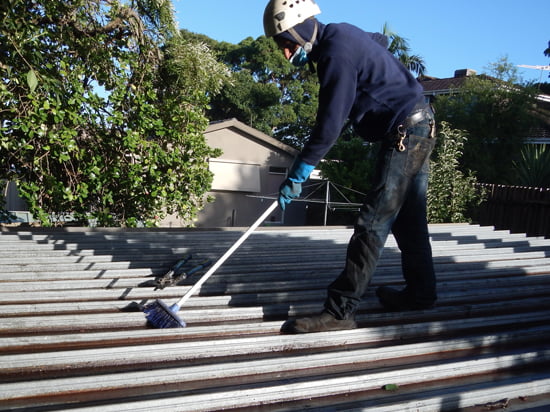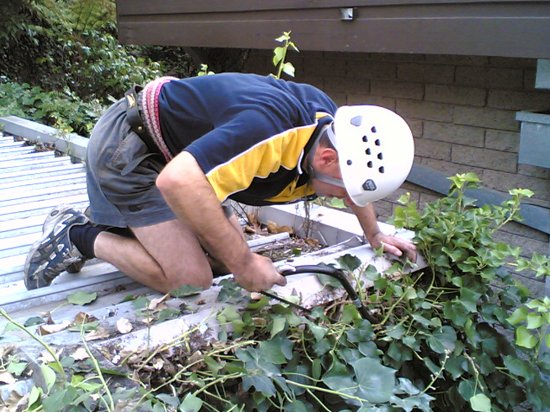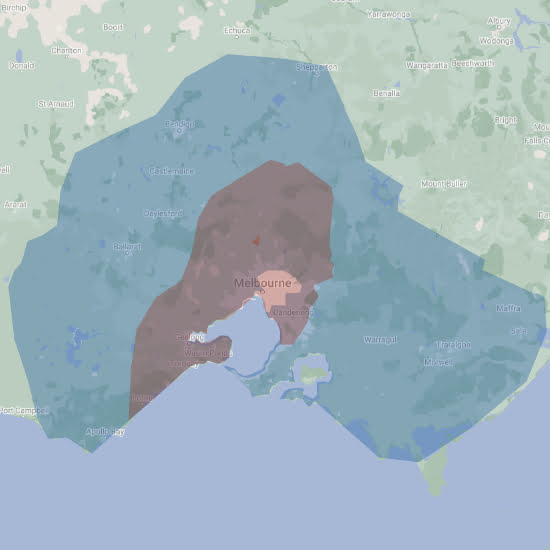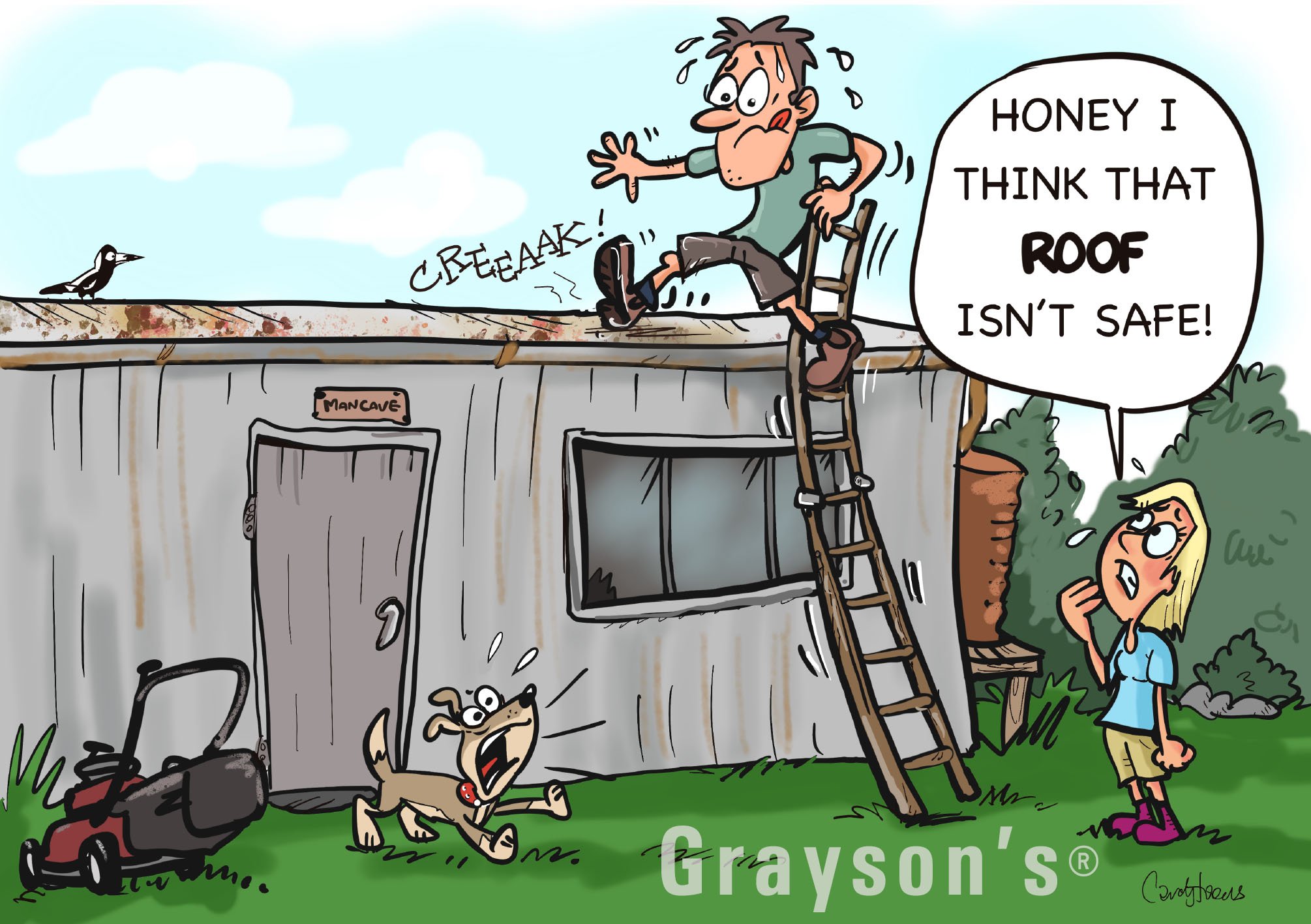

Is it safe to go up on the roof?
Before climbing onto any roof you should always inspect the integrity of the structure and the roof surface. If possible, look up at the supporting roof beams and search for signs of rusting metal and/or rotting timber. Be sure to use the right safety equipment and ladders.
With the correct roof access equipment, the risk of a fall can be greatly reduced and/or eliminated. In this article we explore some useful knowledge in what to be aware of when it comes to roof stability and safety.
Can you step anywhere on a roof?
Most segments of roofing are quite solid, but to air on the safer side, always pause for a moment before taking that first step off the ladder and on to the roof. There are always areas of any roof that should not be walked on. Never be gung-ho, us humans are not eight legged with built in web abilities to catch our falls, and we can’t always land on our feet like a cat.
Moving onto an unfamiliar roof, or walking across it, should really be done extra cautiously and step-by-step. Once you become more familiar with particular sections of your roof, you can be a bit more confident and climb a bit quicker.
Which areas should be avoided?
Examples of roof areas that should not be stepped on:-
- The roof edges, no matter how strong, the actual edge of roofs are far too risky to stand upright on for long periods (unless there is a solid fall prevention system in place such as immediate scaffolding).
- Most roof chimneys should not be climbed on.
- Skylights will always have an open void underneath them and are generally not safe to walk on.
- Solar panels should not be climbed on.
- Whirlybirds are not to be climbed on. This is a wind driven, spinning device on your roof that draws air out of the house.
- Satellite dishes and antennas are not built to withstand body weight.
- Never step on broken tiles, there is the chance that your whole leg could fall through into the roof cavity.
- Areas of metal sheeting that are visibly buckled or rusted should be avoided.
- Never stand on a fascia gutter (these gutters are your standard type roof gutter that are attached to the fascia).
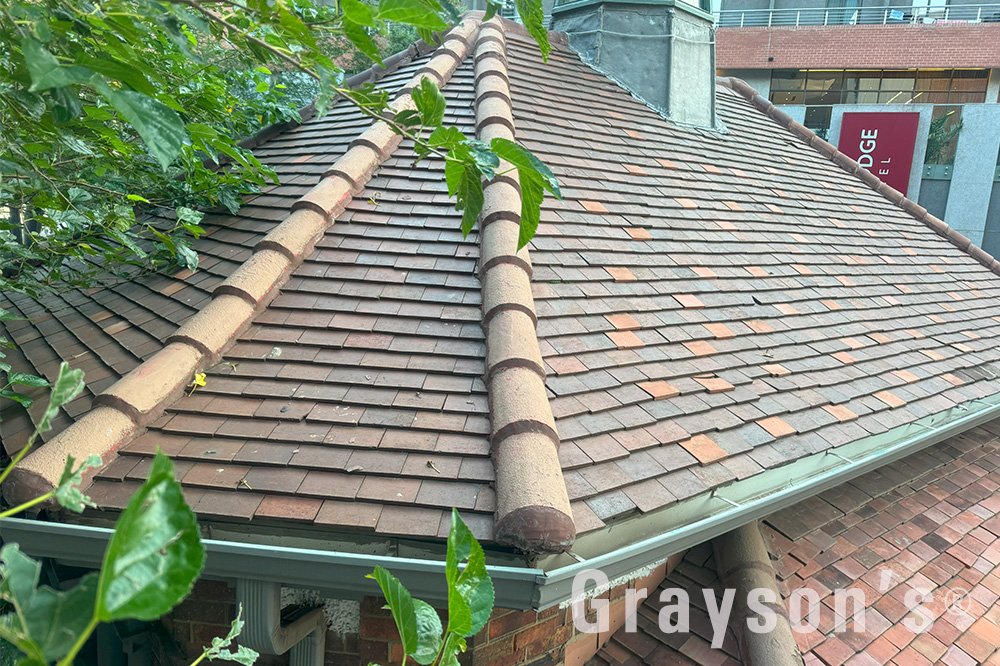

Can I stand on my house roof?
As homeowner, you are obviously allowed to stand on your own house roof, it’s your personal property and no one can really stop you from climbing up there. Whether this is safe, is a decision you should think carefully about. We wish to stress that hundreds of serious injuries occur every year when homeowners attempt to do their own roof work like gutter cleaning.
The best advice we can give is, if you do climb onto your roof, always try to remain seated. Your centre of gravity will always be greater in a seated position than in a standing position. If the roof is steeper or if you are closer than 2 metres from the roof edge, remaining in a seated and bum down position is ultra important. Standing fully upright on a steep pitch roof, or standing fully upright whilst too close to the edge can be deadly. By standing too close to the edge, you are not allowing any safe margin for error.
How do you walk on a Colorbond or corrugated roof?
Even if the colorbond corrugated roof is new, it’s recommended to place your steps closer to where the roof hex screws are, or to step directly on the hex heads. The roof hex screws should be bolted to the wooden or steel roof trusses underneath, which is a very solid part of the roof. By stepping closer to the hex heads, you lessen the risk of buckling the roof. By walking directly on the hex heads, you achieve much better grippage. With soft soled runners this grippage is very helpful.
How do you walk on a tiled roof?
Learning how to correctly walk on roof tiles is an important skill. Try to walk on the bottom of the roof tile, this will minimise the risk of cracking.
Each row of roof tiles rests on top of the row below them. At the point of tile overlap, the actual section overlapped is about 50mm-60mm, underneath the lower tile is the roof baton which in turn rests on top of the solid roof truss. When you stand on the bottom of a roof tile, your weight should be spread out over the underlying tiles. If in doubt about whether the tiles can be walked on, you can move across them crab style or “on all fours,” to spread the load.
If you do happen to break a roof tile, don’t panic, they can be fixed or replaced. Many older homes have a stack of spare tiles under the house. There are also tile recyclers in most major cities that can source any roof tile type that you need. See the video below, where Grayson’s demonstrates the method for emergency roof tile repair.
Can you climb on a plastic roof?
Walking across plastic roofs is a much trickier game and must be done with great caution. For plastic roofs it’s common to place long custom built wooden planks or sheets across the working area; soft carpet can be stuck underneath the wood to protect the plastic. With this system, the weight of the timber and the worker should be sitting on the hex heads of the roofing screws.
Those who are nimble enough may try their luck walking directly on the hex heads of the metal roof screws. The hex heads on standard roof screws are 5/16 inch.


Can I walk on an asbestos roof?
In Australia, there are still lots of old asbestos roofs around town. Due to the immense cost of their demolishment, these asbestos roofs are not going away anytime soon. When it comes time for roof maintenance, someone will eventually have to walk on them. Asbestos roofs are primarily found in an old profile known in roofing as “Super 6.” Super 6 asbestos sheeting has a wavey form similar to standard corrugated sheets. Most sheets of Super 6 that we come across are still in remarkably good condition — however, be warned, there may be difficult to find areas that are near the point of collapse. We have seen many old factory buildings in Melbourne with Super 6 roofs that are not safe.
Always pay attention to where the roof screws are positioned on asbsestos roofs. There should be a solid truss (roof beam) underneath the roof screws.
Before climbing on an asbestos roof, visually inspect the structure from underneath to check the wooden framing and to check for cracked sections of Super 6. Always consider whether the works can be instead conducted from the safety of the ground.
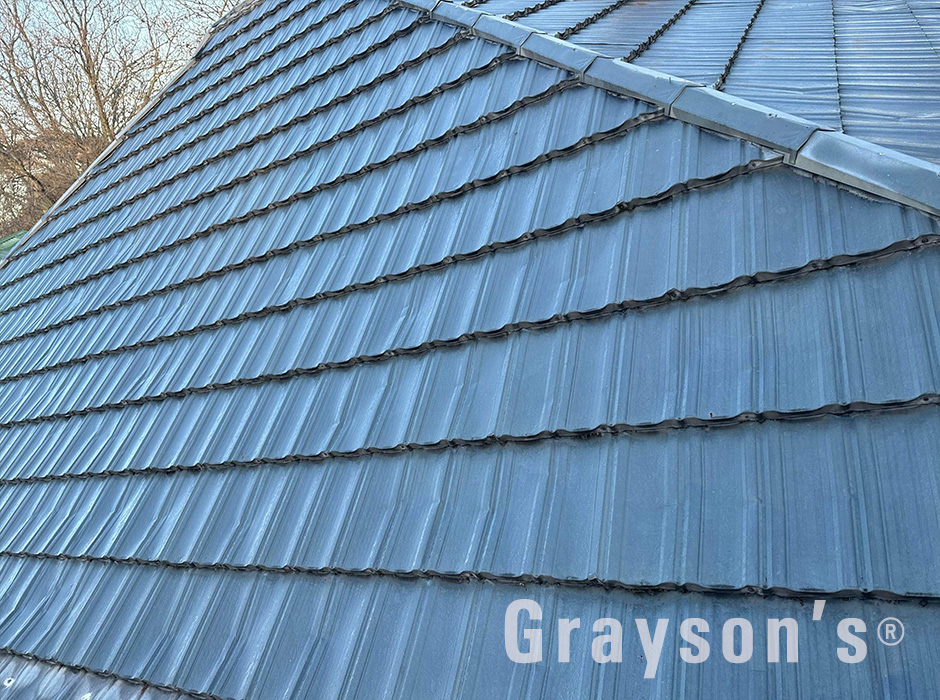

Can you walk on fake metal tile roofs?
Fortunately for Australian property owners, fake metal tiled roofs are uncommon. Also known as “sheet metal tiles” or “simulated tiles,” they are made of a very flimsy steel sheet that is formed to look like a tile roof. Many owners of this roof type are unaware that their roof is imitation tiled sheeting. It is almost impossible to climb across these roofs without denting the sheeting.


Other things to know about sensitive roofs
Some other important things to know before climbing on sensitive roofs:
- Body weight matters! Many old roofs around Australia were constructed in a time when the average man weighed less than 65kg. For those of us who now weigh over about 85kg, you will be at much higher risk of damaging a roof if you attempt to climb across it.
- Slate roofs should be treated with extra care, especially if they are very old or the much thinner type slate shingles. Some refurbished slate roofs have been redone with a much thicker type of slate shingle that is stronger.
- Carports, old sheds, pergolas, verandahs or other addon type roofs may have been constructed haphazardly and might not be able to safely withstand human body weight
- Old bullnose verandah roofs and old style front porch verandah roofs, are usually quite dented due to all the people who’ve walked on them over the years
- Most pitched roofs are constructed with integrity and are strong enough to support human body weight, the same cannot be said for flat roofs. Always treat household added on flat roofs with suspicion.
To save yourself the uncertain risks associated with DIY roof work, call our professional team on 1300 GRAYSONS. All our Gutter Cleaners are highly experienced and equipped to carry out safe roof works.





